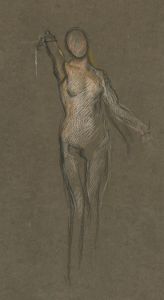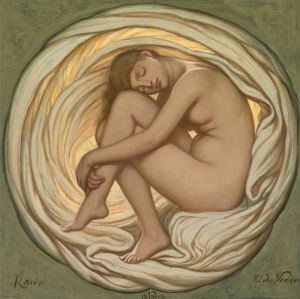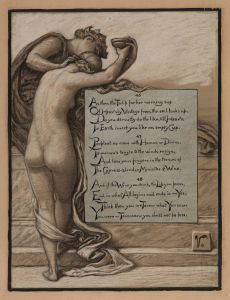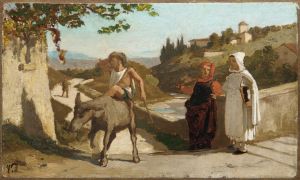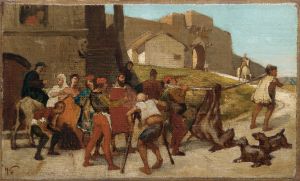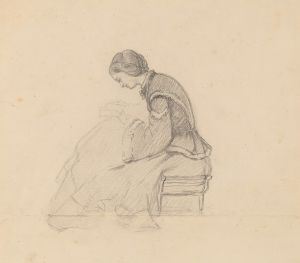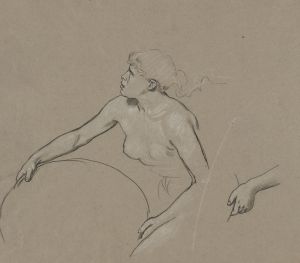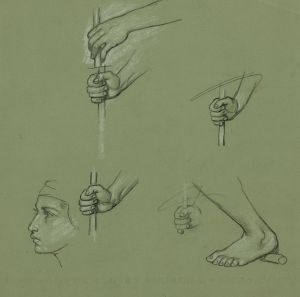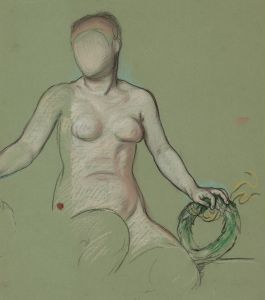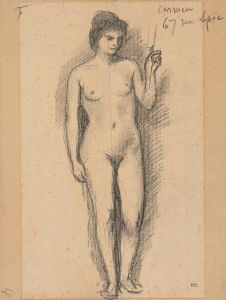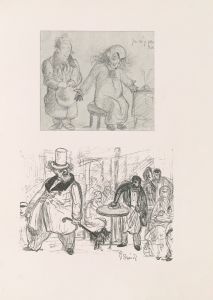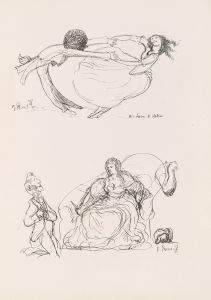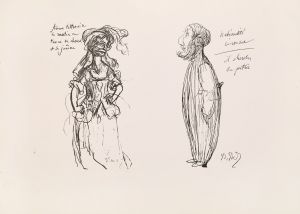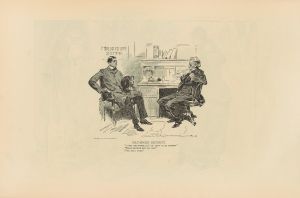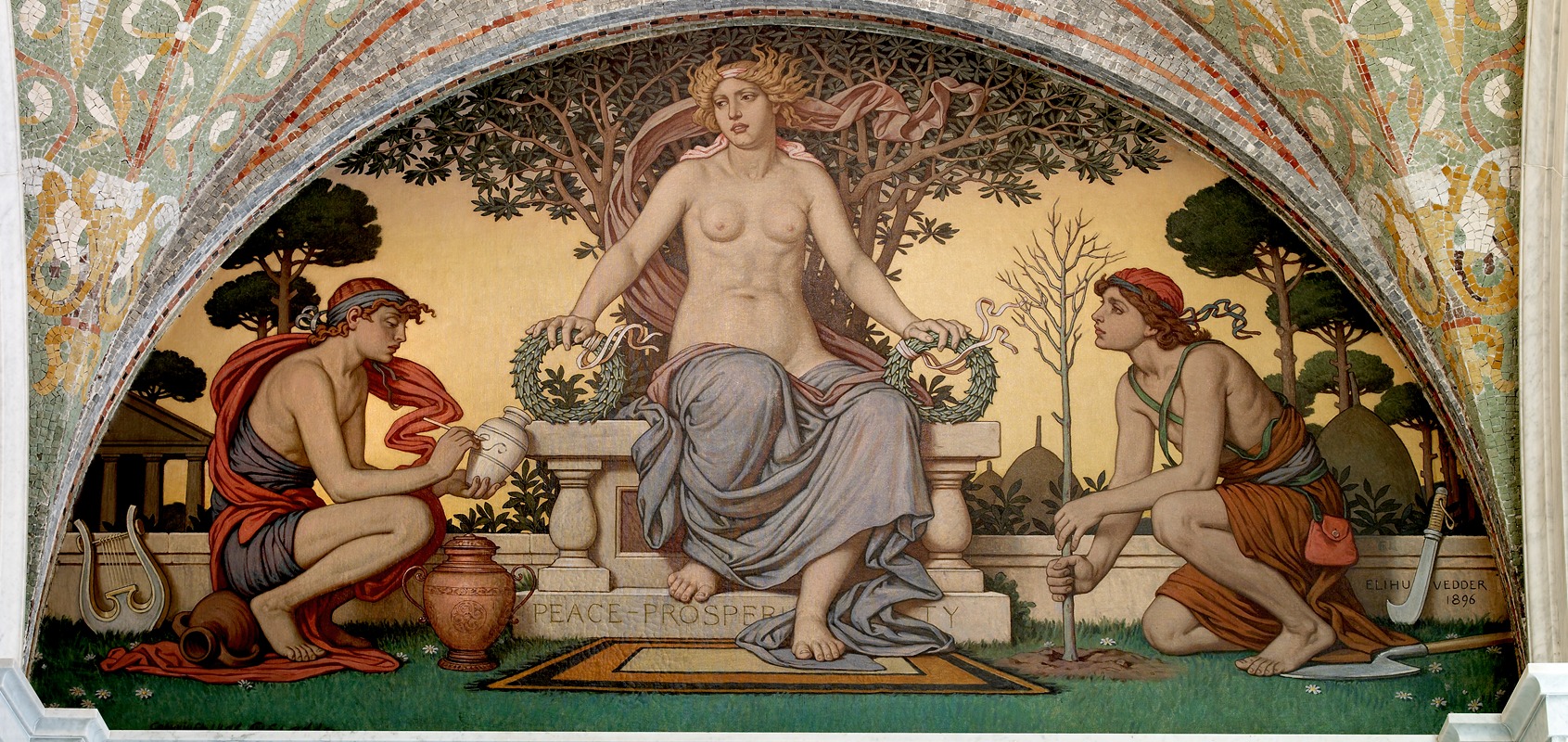
Peace and Prosperity mural
A hand-painted replica of Elihu Vedder’s masterpiece Peace and Prosperity mural, meticulously crafted by professional artists to capture the true essence of the original. Each piece is created with museum-quality canvas and rare mineral pigments, carefully painted by experienced artists with delicate brushstrokes and rich, layered colors to perfectly recreate the texture of the original artwork. Unlike machine-printed reproductions, this hand-painted version brings the painting to life, infused with the artist’s emotions and skill in every stroke. Whether for personal collection or home decoration, it instantly elevates the artistic atmosphere of any space.
Elihu Vedder's "Peace and Prosperity" is a mural that exemplifies the artist's unique style and thematic focus during the late 19th century. Vedder, an American symbolist painter, was renowned for his allegorical works that often explored themes of mysticism, mythology, and the human condition. The mural "Peace and Prosperity" is one of his significant contributions to American art, reflecting the cultural and social aspirations of its time.
Elihu Vedder was born in New York City in 1836 and spent much of his career traveling between the United States and Europe, particularly Italy. His exposure to various artistic movements and his interest in symbolism heavily influenced his work. Vedder's art often incorporated elements of fantasy and allegory, making him a prominent figure in the American symbolist movement.
The "Peace and Prosperity" mural was commissioned during a period when murals were a popular form of public art, often used to convey moral and civic values. Vedder's work in this genre was characterized by his ability to blend classical themes with contemporary issues, creating pieces that were both timeless and relevant to the society of his day.
In "Peace and Prosperity," Vedder employs a rich palette and intricate composition to convey its themes. The mural likely depicts allegorical figures representing peace and prosperity, though specific details about the figures and their symbolism are not extensively documented. Vedder's use of symbolism would have been intended to communicate the ideals of harmony and abundance, reflecting the aspirations of a society looking towards a hopeful future.
Vedder's murals, including "Peace and Prosperity," were part of a broader movement in the United States during the late 19th and early 20th centuries to incorporate art into public and institutional spaces. This movement aimed to educate and inspire the public, using art as a means to promote cultural and moral values. Murals like Vedder's were often placed in government buildings, libraries, and other public venues, where they could be viewed by a wide audience.
While specific details about the location and current status of "Peace and Prosperity" are not widely available, Vedder's contribution to mural art remains significant. His work is noted for its technical skill, imaginative composition, and the ability to convey complex themes through visual allegory. Vedder's murals, including "Peace and Prosperity," continue to be studied for their artistic and historical value, offering insight into the cultural landscape of America during his lifetime.
Elihu Vedder passed away in 1923, leaving behind a legacy of work that continues to be appreciated for its depth and beauty. His murals, paintings, and illustrations remain important examples of American symbolist art, reflecting the rich interplay of ideas and aesthetics that characterized the turn of the century. "Peace and Prosperity," like much of Vedder's work, captures the spirit of an era while continuing to resonate with audiences today.





